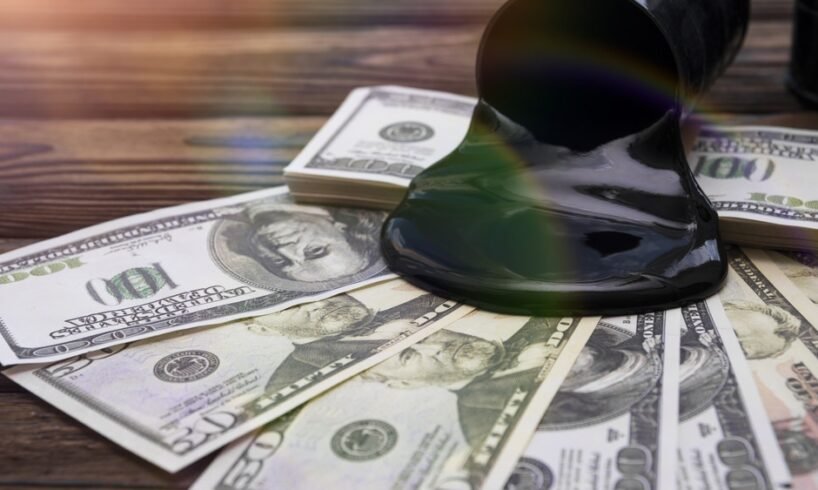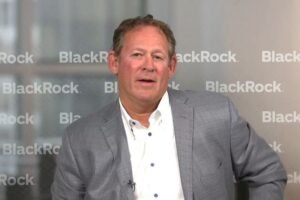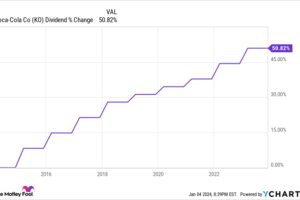
It’s no secret that oil companies have been gushing profits and cash flow.
After all, when Big Oil reported financial results for 2022, President Joe Biden called the industry’s record profits “outrageous.”
And that means these major oil producers can return a lot of cash to investors.
For instance, Chevron Corp. announced a 6% increase to its quarterly dividend to $1.51 per share in January. At the current share price, the oil-producing giant offers an annual dividend yield of 3.8%.
At ExxonMobil Corp., the board boosted the company’s quarterly payout to 91 cents per share last October. The stock now yields 3.4%.
To put that in perspective, the average dividend yield of S&P 500 companies stands at just 1.7% at the moment.
While Big Oil’s juicy dividends seem attractive in today’s market, not everyone is a fan.
For instance, environmental, social and governance (ESG) investors may not want exposure to the sector because the extraction, production and use of oil can lead to carbon emissions, air pollution and climate change.
The good news? Hydrocarbon exploration and production is not the only business capable of delivering generous returns to income investors. These days, clean energy stocks can pay oversized dividends, too.
Here’s a look at two of them. Wall Street also sees upside in this duo.
Don’t miss:
Brookfield Renewable Partners LP (NYSE: BEP)
Brookfield Renewable Partners owns and operates a diverse portfolio of renewable energy assets across North America, South America, Europe and Asia. The partnership invests primarily in hydroelectric, wind, utility-scale solar and storage facilities.
As one of the largest publicly traded, pure-play renewable energy platforms in the world, Brookfield Renewable boasts 25,700 megawatts of installed capacity and a development pipeline of around 126,000 megawatts of renewable power assets.
Story continues
The partnership also stands out for its cash returns to investors. In 2001, it paid total distributions of 38 cents per unit. This year, it’s on track to pay $1.35 per unit. That translates to a compound annual…
..






